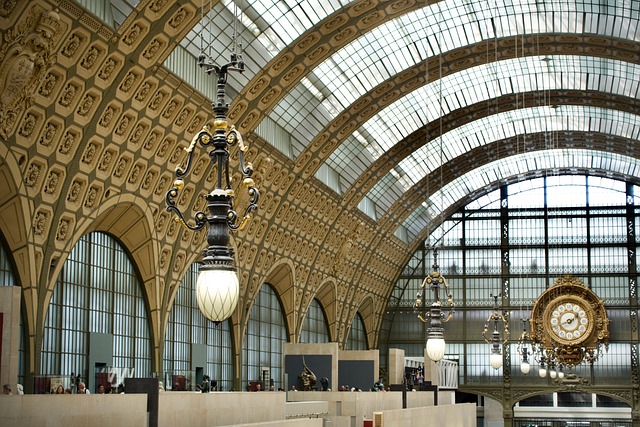Impressionism is not merely a style of painting; it is an evocative movement that forever changed the landscape of art and design. Emerging in the late 19th century, this revolutionary approach sought to capture a moment in time, allowing the viewer to experience the fleeting emotions of a scene rather than focusing on meticulous detail. With its vibrant colors, loose brushwork, and emphasis on light and atmosphere, impressionism invites us to immerse ourselves in the beauty of the ordinary.
The essence of impressionism lies in its ability to convey the artist’s perception of the world. Artists like Claude Monet, Édouard Manet, and Pierre-Auguste Renoir ventured beyond the confines of traditional painting to explore the interplay of light and color. Each brushstroke becomes a pulse of emotion, a fleeting glimpse into the painter’s mind. The result? A visceral connection with the viewer, enticing us to see the world through their eyes.
In the realm of design, the principles of impressionism transcend canvas and permeate other creative fields. Interior designers, for example, draw inspiration from the movement’s celebration of nature and its ability to evoke mood. Soft hues and layered textures characterize interiors that reflect an impressionist ethos, blending the boundaries between art and living space. This synergy emphasizes comfort and warmth, making our environments feel more human and relatable.
Moreover, impressionism encourages us to break free from rigidity, urging designers to embrace spontaneity and experimentation. Just as brushstrokes meld into a vibrant landscape, so too can the elements of design coalesce into breathtaking compositions. The movement reminds us that design is not solely about functionality; it is a form of expression infused with emotion. Every detail, much like the canvases of impressionist masters, tells a story.
In our fast-paced digital age, where perfect symmetry and sharp lines dominate, the gentle chaos of impressionism offers a refreshing perspective. It beckons us to appreciate the beauty of imperfection and the transient nature of life. The movement serves as a reminder that art, in any form, can evoke feelings that resonate deeply within us, allowing for connections that transcend time and space.
Overall, impressionism is more than a mere aesthetic choice; it is a powerful narrative woven into the fabric of art and design. By embracing its principles, we can foster environments that nurture creativity and evoke genuine emotion. So, the next time you experience a piece of impressionist artwork or a thoughtfully designed space inspired by its ethos, take a moment to savor the myriad feelings it brings forth. Let the brushstrokes of impressionism guide your appreciation of the world around you.



